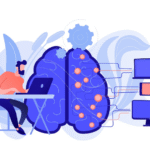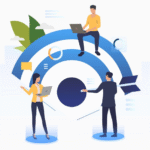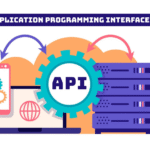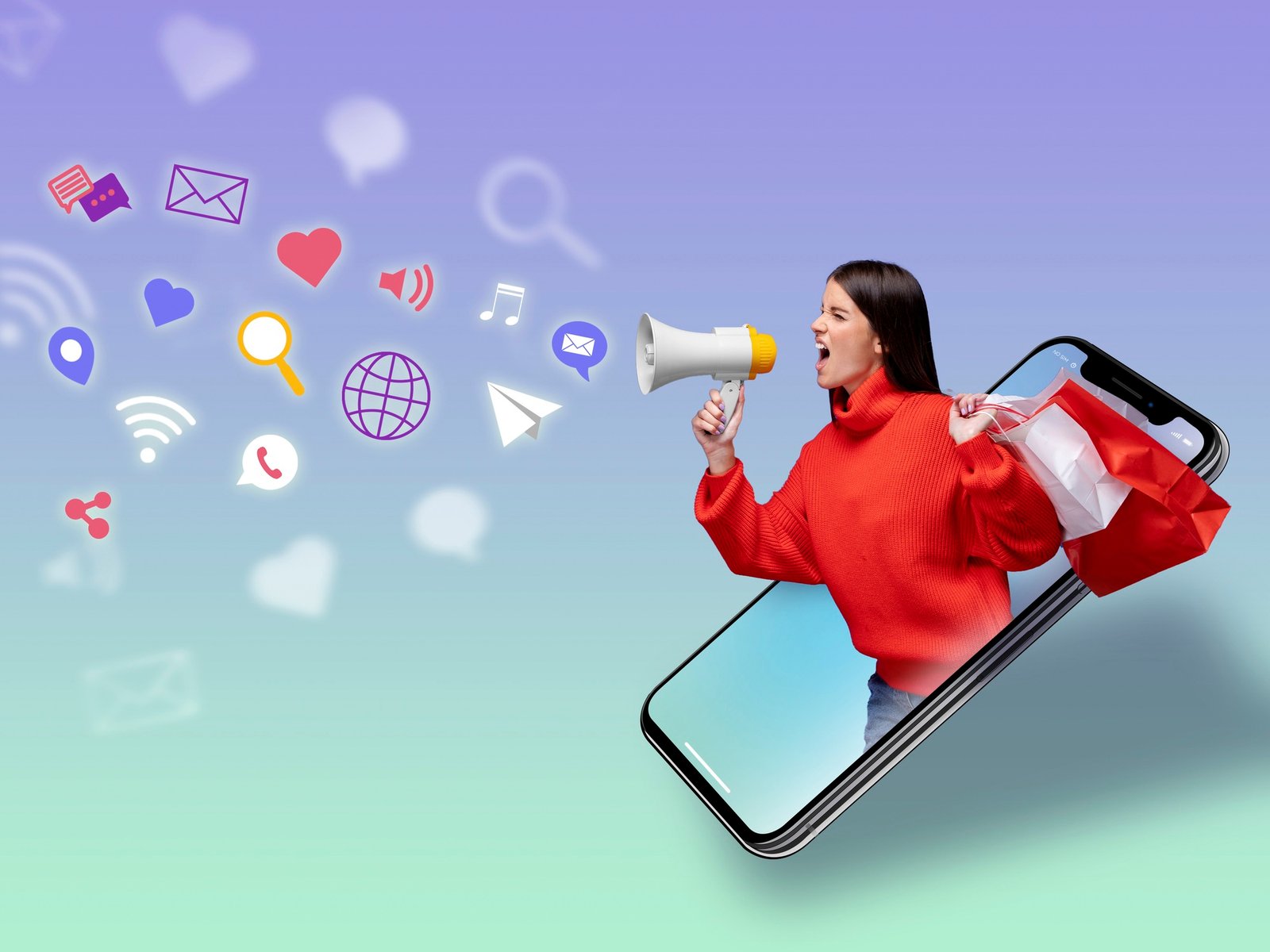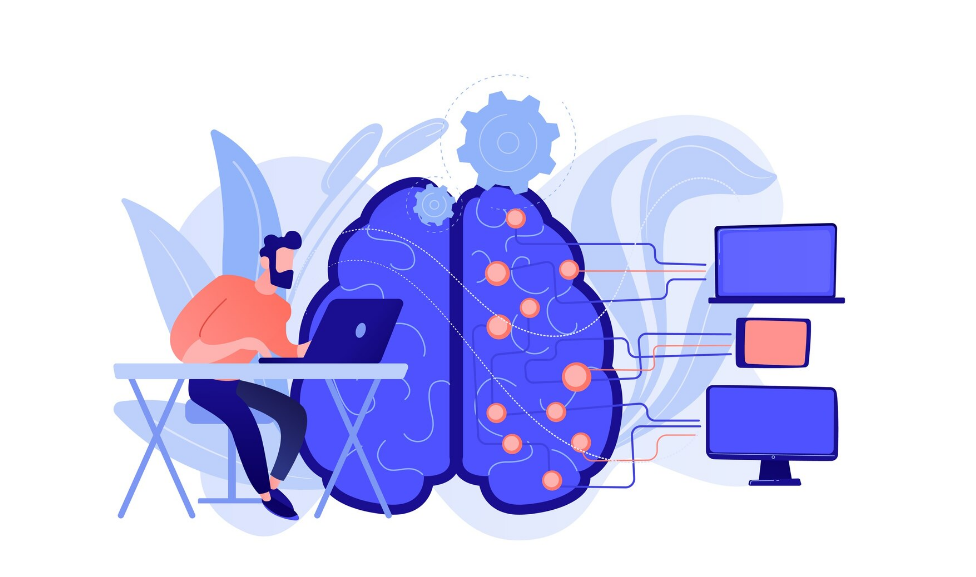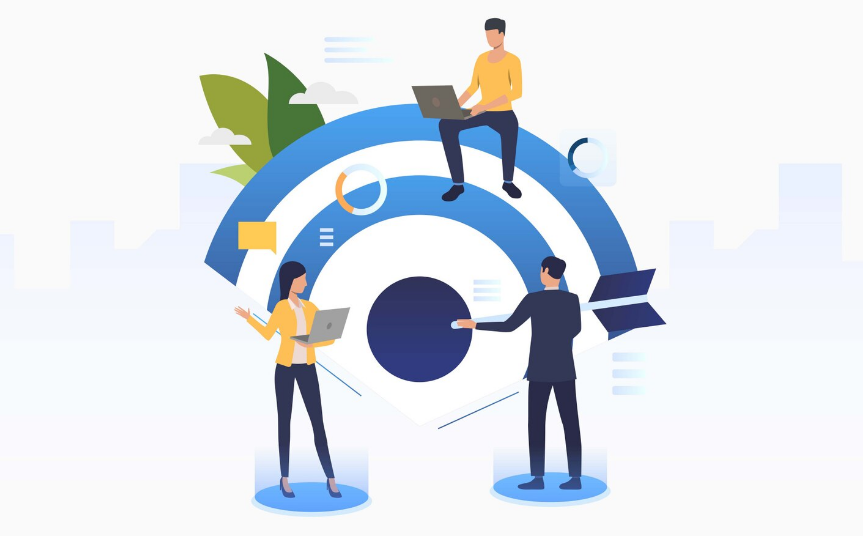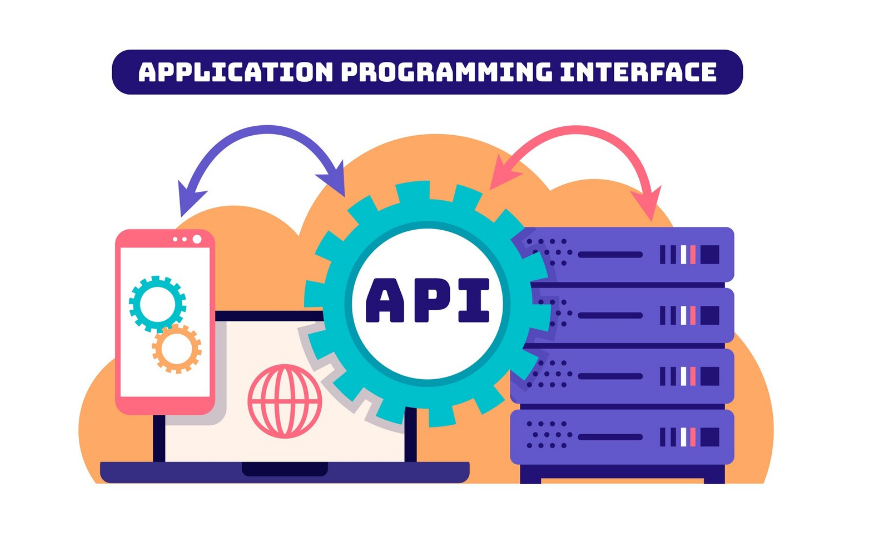Introduction: Rethinking the B2B Buyer’s Journey
The B2B landscape is no longer confined to boardrooms, cold calls, or trade shows. Nor is it fully digitized in the way many predicted. Today’s B2B buyer engages across a complex web of touchpoints—some offline, some online, and increasingly, both at once. The traditional linear funnel has fragmented into a non-linear, dynamic path where decisions emerge from a hybrid of physical experience and digital influence.
In this context, omnichannel selling has moved from buzzword to baseline expectation. Yet, while B2C firms have long refined seamless multichannel experiences, B2B organizations are still grappling with how to integrate legacy sales infrastructure with modern digital demands. The imperative is clear: to create cohesive, personalized journeys that reflect how buyers research, evaluate, and commit.
This article explores how businesses can bridge offline and online channels, navigate the challenges of alignment, and turn omnichannel B2B into a driver of revenue and resilience.
1. Defining Omnichannel in the B2B Context
Unlike multichannel, which simply implies presence across various platforms, omnichannel strategy prioritizes integration. The objective is not to be everywhere—it is to connect everywhere, ensuring that each touchpoint contributes to a unified, frictionless buyer experience.
Key Features of Omnichannel B2B Selling:
- Consistent messaging across sales, marketing, and service
- Integrated CRM systems enabling cross-channel data sharing
- Unified customer identity and intent tracking across touchpoints
- Flexibility to shift between digital and human interaction without loss of context
In B2B, this becomes particularly complex due to longer buying cycles, multiple stakeholders, and higher information complexity.
2. Why the Shift to Omnichannel Is No Longer Optional
Research from McKinsey (2023) suggests that B2B buyers now use ten or more channels during their decision-making journey, up from just five in 2016. Moreover, buyers expect channel fluidity—they might engage with a sales rep in the morning, compare competitor offerings on a third-party site at noon, and join a product demo via Zoom in the evening.
Market Pressures Driving the Shift:
- Digital acceleration post-pandemic
- Rising expectations from millennial B2B buyers
- Shrinking tolerance for sales friction or redundant outreach
- Increasing cost-efficiency of AI-powered digital touchpoints
Failure to meet these expectations risks not only disengagement but disqualification from the buying process altogether.
3. Mapping the Hybrid B2B Buyer Journey
To implement omnichannel strategy effectively, organizations must first understand the evolving buyer journey and where key offline and digital interactions occur.
| Stage | Offline Channel | Digital Channel |
|---|---|---|
| Awareness | Trade shows, seminars | Social media, SEO, paid ads |
| Consideration | In-person meetings | Product pages, comparison sites |
| Evaluation | Physical product demos | Virtual demos, webinars, reviews |
| Purchase | Procurement meetings | eSignatures, CPQ tools, portals |
| Post-sale support | On-site service visits | Chatbots, knowledge bases |
The goal is not to replace offline with online, but to synchronize them—so that transitions feel intuitive, data-informed, and customer-centric.
4. The Role of Sales Reps in an Omnichannel World
There’s a prevailing assumption that digital self-service will render B2B sales reps obsolete. In reality, the role of the sales rep is not disappearing but transforming.
Instead of merely distributing information, sales teams now function as:
- Consultants who help interpret complex data and ROI
- Navigators who guide buyers through internal procurement processes
- Integrators who coordinate cross-functional resources
This new function depends on the rep’s ability to leverage data from digital interactions—email opens, content downloads, webinar attendance—to deliver context-rich conversations offline.
5. Integrating Offline Data with Digital Systems
To deliver a truly omnichannel experience, businesses must connect physical interactions to digital systems—which remains a technical and operational hurdle.
Integration Essentials:
- Use CRM platforms (e.g., Salesforce, HubSpot) to log in-person meetings, calls, and field visits.
- Equip sales reps with mobile apps to input updates in real-time.
- Leverage QR codes at offline events to funnel attendees into marketing automation workflows.
- Incorporate offline behavior into lead scoring models to influence digital retargeting.
A missed handshake at a trade show should not remain isolated—it should trigger next steps in the digital journey.

6. Orchestrating Consistent Messaging Across Channels
Inconsistency in messaging across email, website, and in-person interactions can erode trust—especially in high-stakes B2B contexts. Therefore, content must be centralized, version-controlled, and role-appropriate.
Strategy Tips:
- Align sales enablement materials with marketing-approved messaging.
- Use content management platforms (e.g., Seismic, Highspot) to ensure brand and compliance standards are met.
- Train frontline reps to reflect the same positioning that appears in ad copy, blog content, or landing pages.
This alignment builds coherence, a psychological prerequisite for buyer confidence.
7. Rethinking Channel Attribution in Omnichannel B2B
Traditional attribution models often fall short in omnichannel environments. Last-click or first-touch methods oversimplify journeys that unfold across months and involve both human and automated interactions.
Alternatives Worth Considering:
- Multi-Touch Attribution (MTA): Assigns weighted credit across touchpoints
- Data-Driven Attribution (DDA): Uses machine learning to model real influence
- Offline Conversion Tracking: Uses call tracking, QR scans, or CRM tags to link offline activity to revenue outcomes
The end goal is not just better reporting but more intelligent decision-making about channel investment.
8. The Human Element: Trust, Empathy, and Timing
Omnichannel isn’t purely a technical construct; it’s also a relational discipline. B2B purchases carry significant personal and professional risk for buyers. That’s why human trust remains critical, even in digital-first settings.
Brands that offer:
- Timely follow-ups after digital engagement
- Responsive, empathetic offline interactions
- Personalized outreach based on contextual cues
…are more likely to convert and retain customers. In essence, omnichannel success lies not just in presence, but in precision and empathy across presence.
9. Challenges and Solutions in Execution
While the promise of omnichannel is compelling, many B2B firms encounter persistent obstacles:
| Challenge | Strategic Solution |
|---|---|
| Siloed data systems | Invest in middleware or CDPs to unify cross-channel data |
| Sales-marketing misalignment | Establish SLAs and shared KPIs for both teams |
| Offline data lag | Enable mobile logging and real-time CRM syncing |
| Inconsistent buyer experience | Map journeys and implement QA checks across platforms |
| Attribution gaps | Deploy hybrid measurement models and CRM-to-analytics linkage |
No single software or team can solve omnichannel complexity. It requires strategic coordination across people, process, and platforms.
10. Future-Proofing Your B2B Omnichannel Strategy
Looking ahead, the rise of AI-powered personalization, voice search, and conversational commerce will deepen the potential—and the demands—of omnichannel selling.
Emerging trends to watch:
- Predictive routing: AI determining which channel or rep a lead should go to next
- Virtual showrooms and 3D product experiences blending digital with tactile
- Data clean rooms enabling privacy-first yet actionable cross-channel analytics
- Connected IoT products informing post-sale engagement strategies
These tools, when layered onto a solid omnichannel foundation, will create truly adaptive buyer journeys—where experience feels tailored without being invasive.
Conclusion: Omnichannel as a Strategic Imperative
Omnichannel B2B selling is not about doing more; it’s about doing what matters, where it matters, when it matters—seamlessly. In a marketplace marked by channel overload and buyer fatigue, the companies that win will be those who treat omnichannel not as a tech stack or checklist, but as a commitment to coherence, continuity, and customer control.
Success lies in recognizing that offline and digital are not competing forces, but complementary dimensions of the same customer journey. The future of B2B isn’t either/or—it’s fluid, integrated, and buyer-led.

